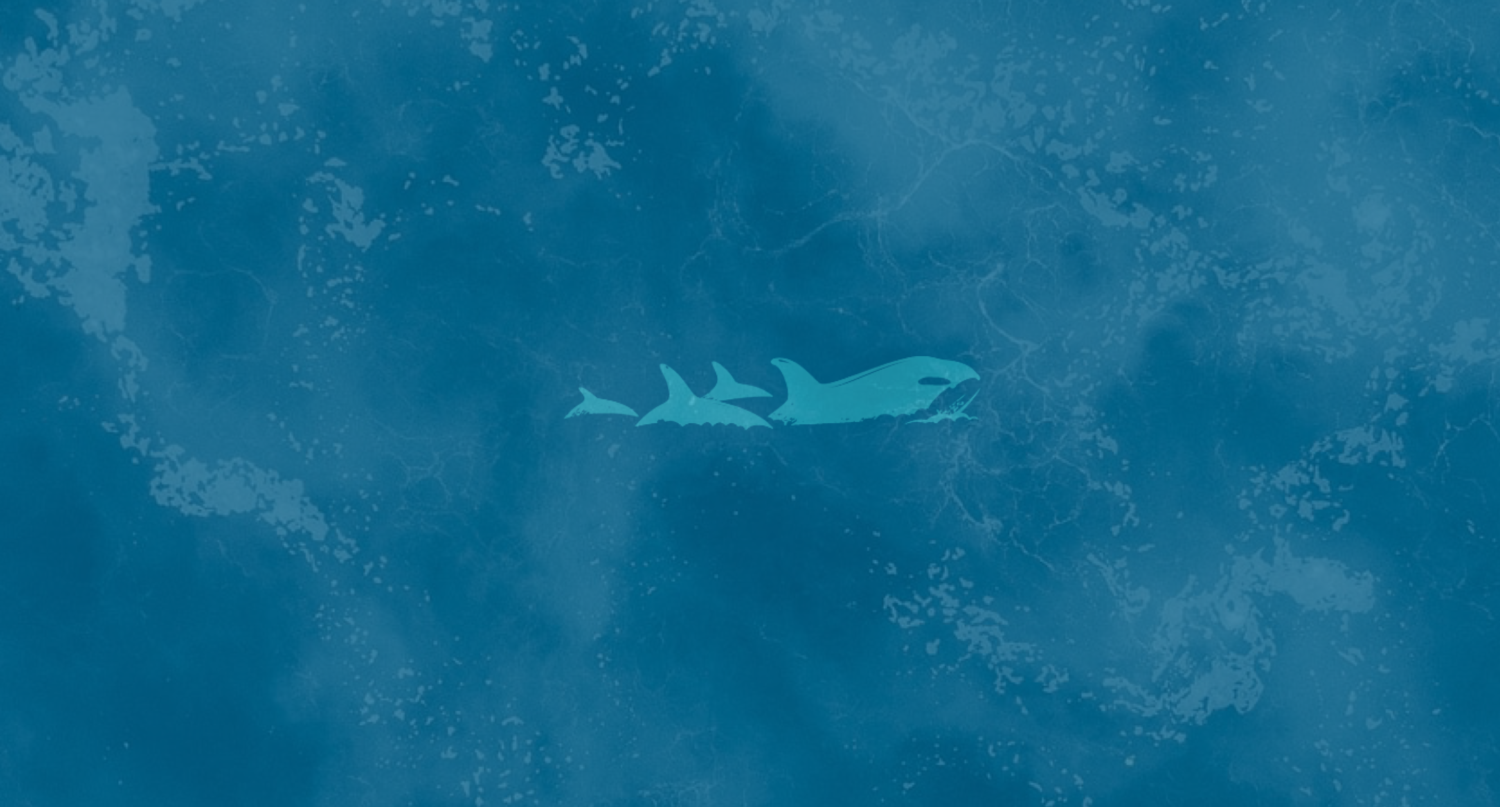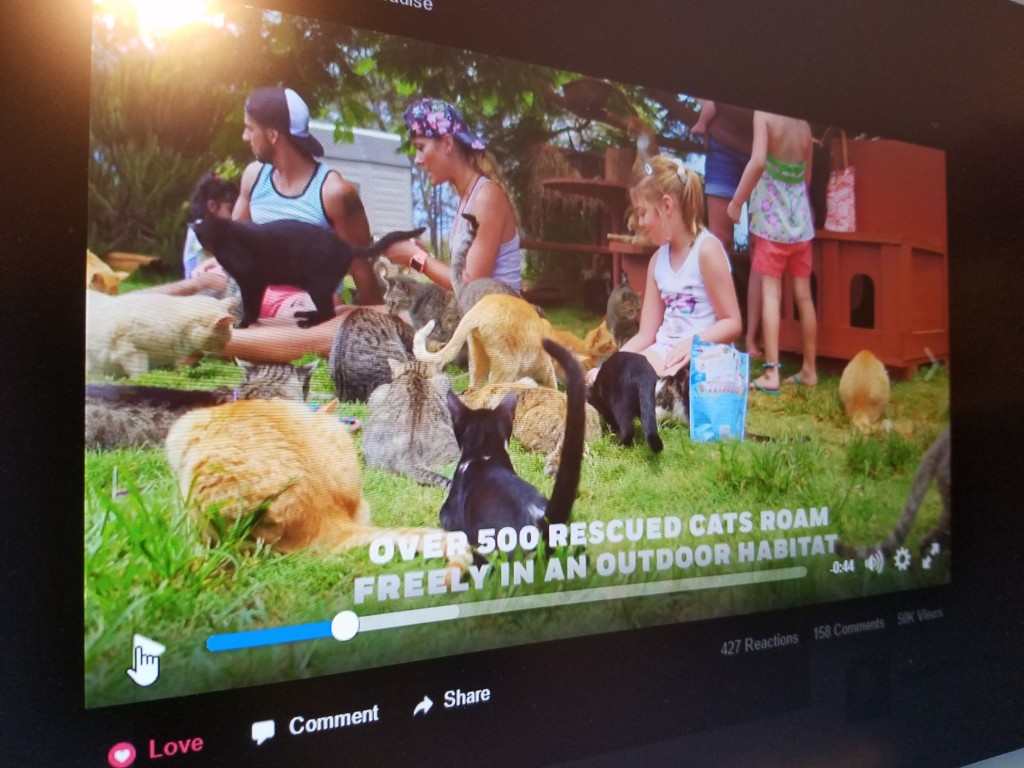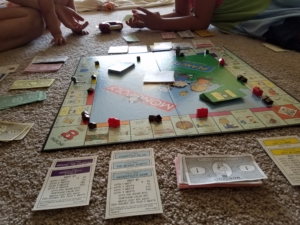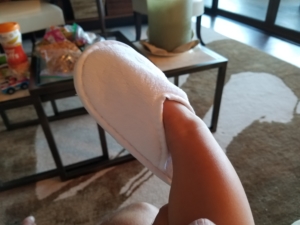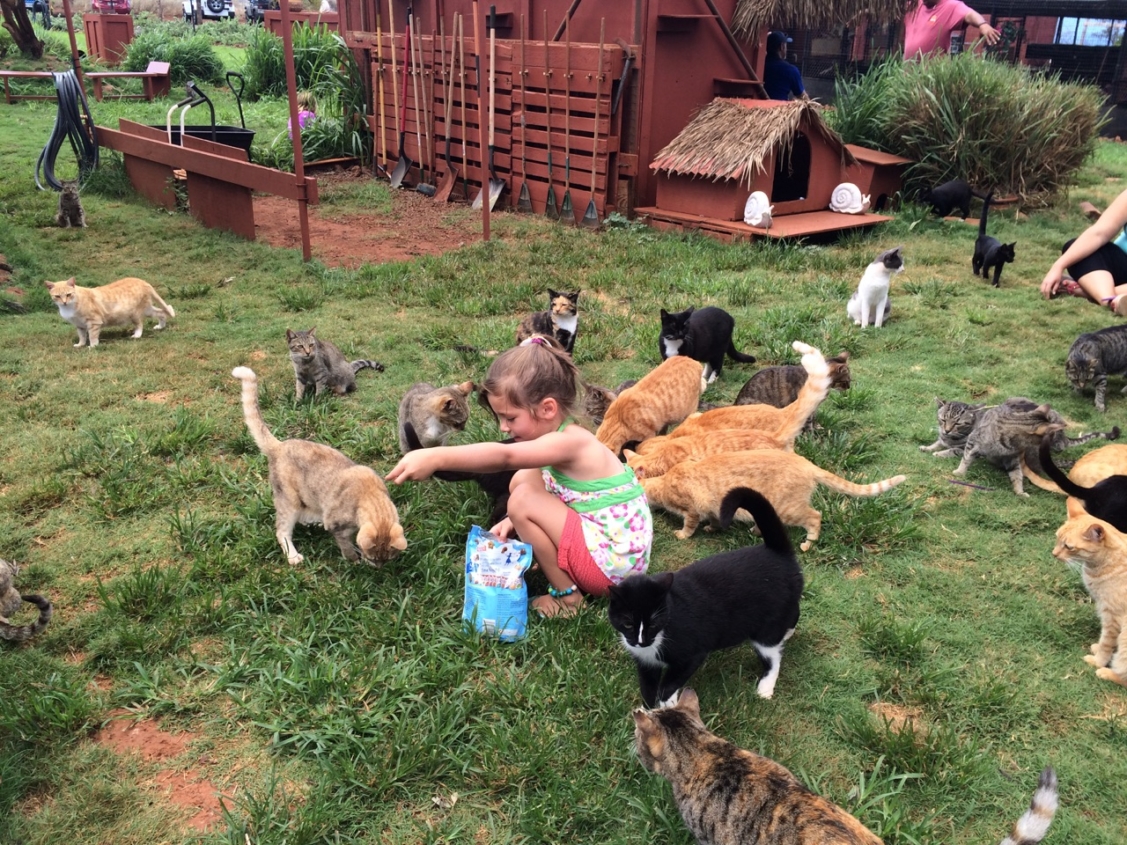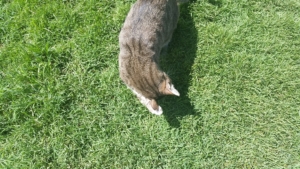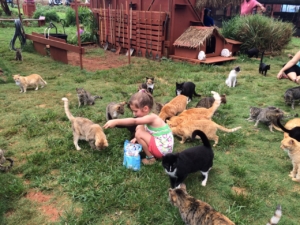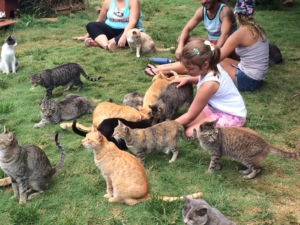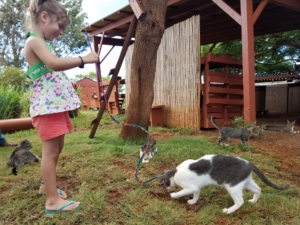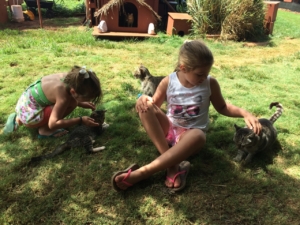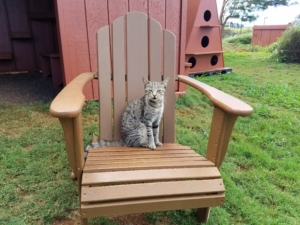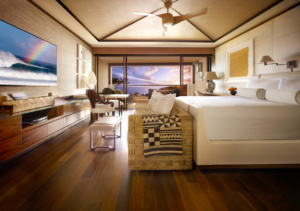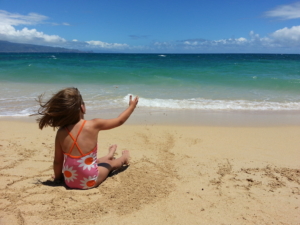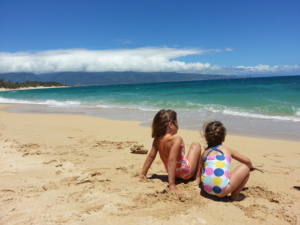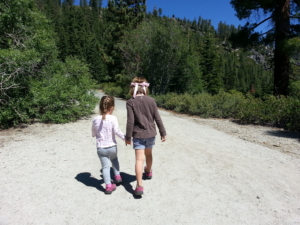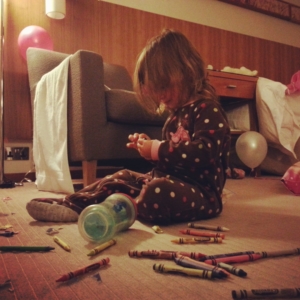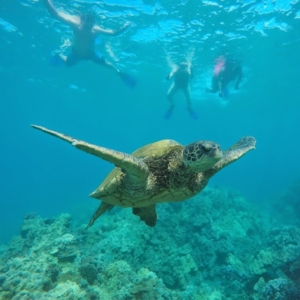
Before the eel, I saw this.
Squiggling and wriggling like a pudgy underwater ribbon, the pale-green moray eel moved along the coral reef quickly—almost too fast to spot.
As a relative novice snorkeler, I probably would have missed it, had I not glimpsed a small school of tropical fish dart out of the way of the creature, fleeing for their lives. I kicked my flippers and dove deeper into the warm water, inching closer to the beast with every stroke.
Finally, the eel came into full view. I could see its undulating tail, its dark-green splotches, and the ugly (horrifying, really) teeth protruding from its mouth.
In reality, the ocean was eerily quiet. In my head, I could hear the Hallelujah chorus to Handel’s Messiah.
Understandably so. Over the course of the last 11 years I’ve made 16 visits to Maui and hired local outfitters to take me snorkeling nine different times. Before every trip, I convinced myself *this* would be the trip on which I’d see a Moray in the wild. Every time I came up empty. Finally, on a two-hour jaunt with Hawaiian Paddle Sports, my string of bad luck came to an end. And the sighting was well worth the wait.
This life-changing spectacle actually occurred last month, smack in the middle of a trip to Maui with the Expedia Viewfinder team (full disclosure: Expedia is a client). The trip was an off-site of sorts; I was surrounded by some of my favorite work friends. Noticeably absent: my kids, who have become mainstays of my Hawaii visits.
Still, the experience got me thinking about an important—and often underappreciated—philosophy we parents can espouse on family trips: To practice patience.
I mean, think about it. I had visited the islands 16 times. I had gone snorkeling nine times. And over that stretch, I had *never* seen a Moray. After a schneid like that, I had every reason in the world to give up hope or try a new activity (or, even more dramatic, start vacationing somewhere else). But I persevered. I hung in. Because I knew that sooner or later, I’d spot one.
This patience, this quiet confidence in letting the world come to you (as opposed to going out there and getting caught up in grabbing it), comprises a huge part of my outlook on travel. It also is one of the most important concepts I can pass along to L and R as they continue to explore the world.
The lessons are subtle. When we go whale-watching, for instance, I’m careful to remind the girls that the whales aren’t on a payroll and largely do their own things. When we go beachcombing, I explain how the waves always churn up different stuff, and that you really never can “count” on anything in particular hiding in the sand underfoot. Even when we’re hiking, I remind the kids to look beyond the trail map.
Don’t get me wrong here; I’m *not* saying we parents shouldn’t teach our kids to be proactive about experiencing the world. Instead, I’m emphasizing the importance of not overdramatizing the choice part of a choose-your-own adventure. I’m suggesting that the best (family) travelers put themselves in a position to get the most out of a new experience, but then sit back and let that very experience run its course.
Someday, I’m sure L and R will have their own personal Moray stories. They’ll have stuff they desperately want to see in particular destinations and will find themselves faced with the same choice that faced me: Persevere or go in a different direction?
When they reach these junctures, I only can hope they decide to practice patience. In the short term, it’s a great exercise in appreciating a process. And in the long term, the results can be magical.

